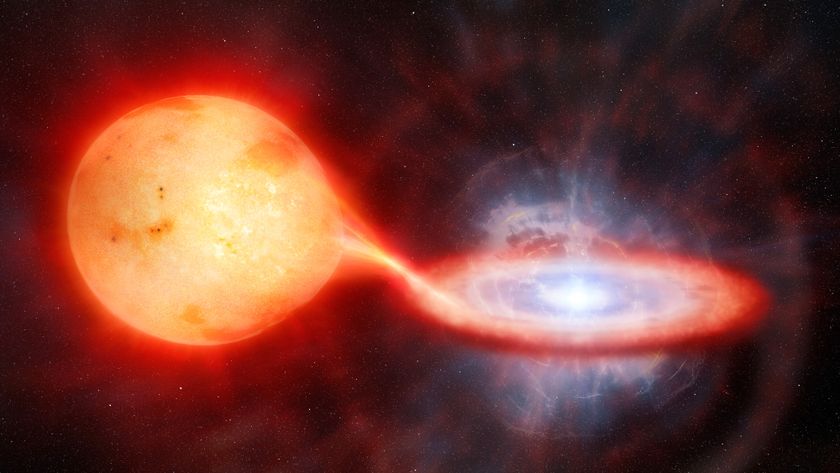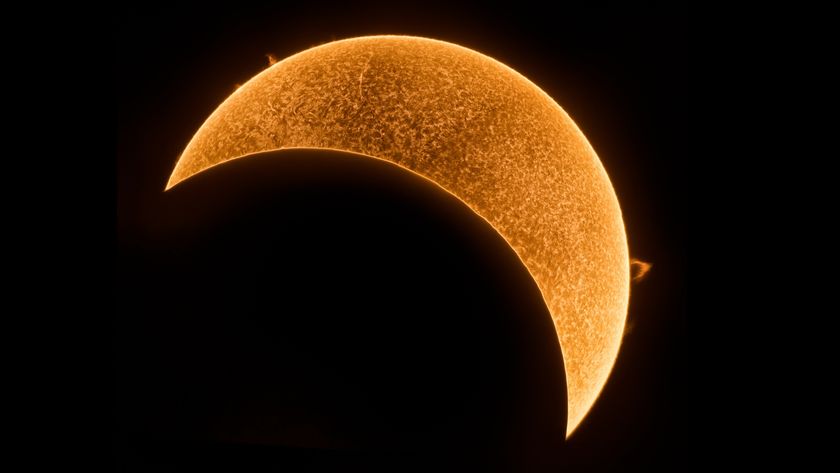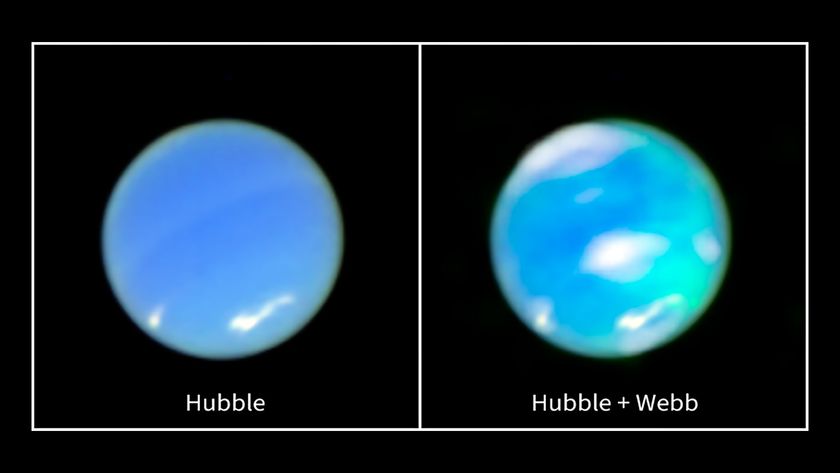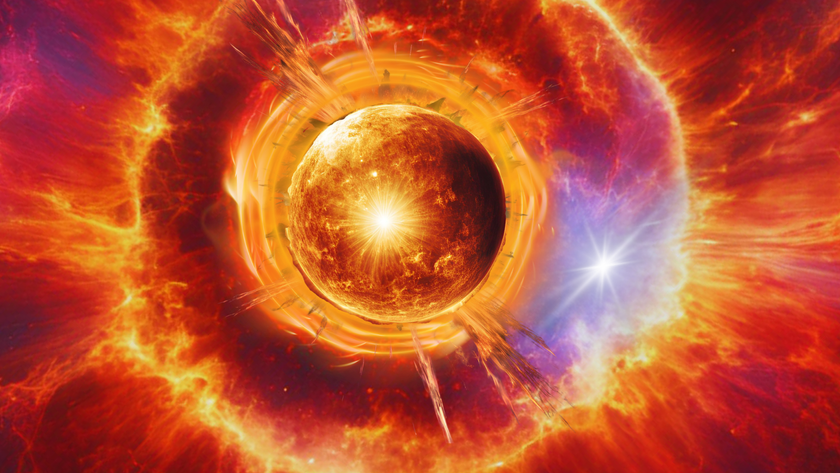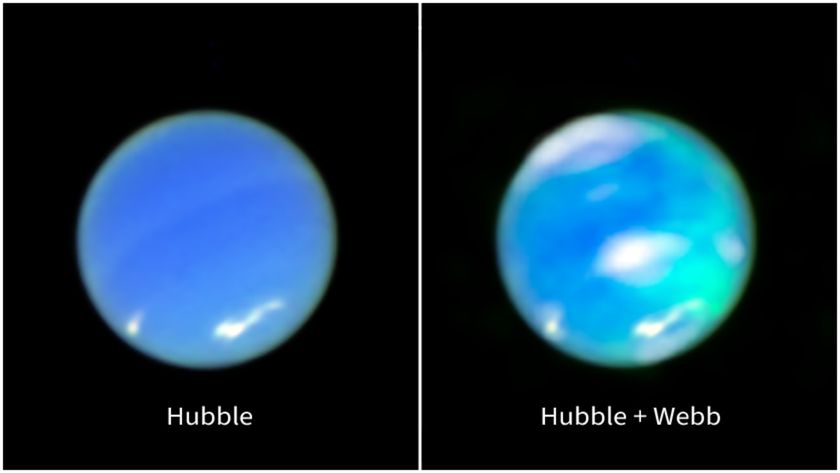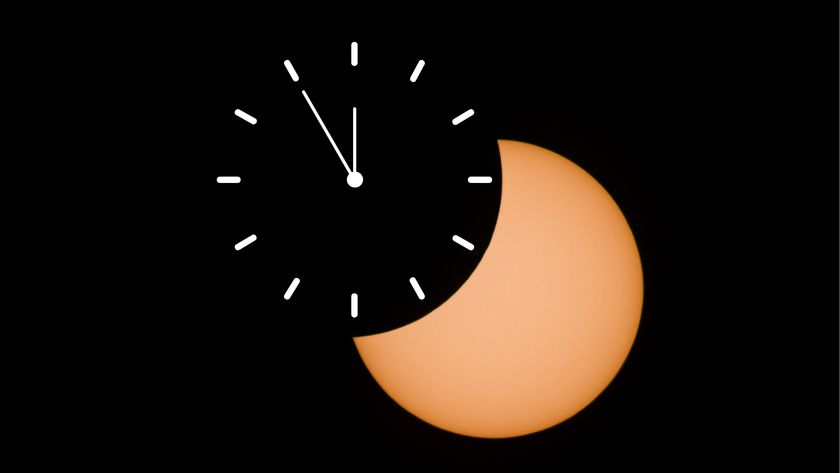Stunning Auroras Photographed in 3D with Everyday Cameras
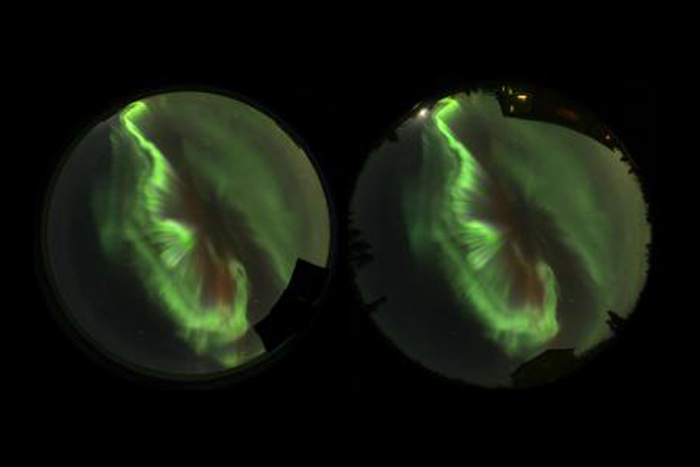
Three-dimensional movies of the northern lights have now been captured using digital cameras one might find in any camera store.
These images suggest even amateur photographers could help scientists uncover secrets about how auroras work, the researchers who took the photos say.
The auroras — also called the northern and southern lights — are born when streams of charged particles from the sun, called the solar wind, collide with the Earth's magnetic field. Fast-moving electrons from space can then slam into oxygen and nitrogen atoms in Earth's upper atmosphere, generating coruscating displays of light.
Movie inspiration
After working on a 3D movie for a planetarium, space scientist Ryuho Kataoka at the National Institute of Polar Research in Tokyo came up with an idea to capture 3D images of auroras. [Watch the aurora video]
The new technique relies on two digital single-lens reflex (SLR) cameras that behave much like a pair of eyes do. When people look at an object, the images captured by the left and right eyes differ slightly from each other due to the distance separating them, and when they are combined, they give the brain the illusion of 3D.
The gap separating the eyes is small, just about 2 inches (5 centimeters) or so, meaning the 3D effect only works for people gazing at objects that are relatively close. Since auroras extend between about 55 and 240 miles (90 and 400 kilometers) in altitude, a much larger gap between cameras is needed to see auroras in 3D — to capture the northern lights, Kataoka and his colleagues placed cameras about 5 miles (8 km) apart across the Chatanika area of Alaska.
Get the Space.com Newsletter
Breaking space news, the latest updates on rocket launches, skywatching events and more!
The cameras, equipped with fish-eye lenses and GPS units, photographed two simultaneous all-sky images. The scientists then combined these to create the first 3D photograph of auroras using digital SLRs.
Cheap technique
These 3D images helped the researchers determine the height at which electrons in the atmosphere emerge to cause auroras.
"From the emission altitude of an aurora, we can calculate back the energy of electrons precipitating from space," Kataoka told LiveScience's OurAmazingPlanet. "The principle is simple: More energetic electrons can penetrate into denser atmosphere — that is, lower altitude." This, in turn, could help investigators learn more about the mechanisms underlying auroras.
Scientists have previously created 3D images of auroras with the aid of arrays of ground-based research stations. In comparison, this new technique is cheap and opens the door for citizen scientists to get involved with research on auroras. The high resolution of modern digital SLRs also could help investigators detect especially high-energy spots within auroras, researchers added.
"I am thinking of developing a website with a submission system to collect many interesting photographs from night-sky photographers over the world via the Internet," Kataoka said in a statement.
The scientists detailed their findings Sept. 6 in the journal Annales Geophysicae.
This story was provided by LiveScience a sister site to SPACE.com. Follow OurAmazingPlanet @OAPlanet, Facebook and Google+. Original article at LiveScience's OurAmazingPlanet.
Join our Space Forums to keep talking space on the latest missions, night sky and more! And if you have a news tip, correction or comment, let us know at: community@space.com.

Charles Q. Choi is a contributing writer for Space.com and Live Science. He covers all things human origins and astronomy as well as physics, animals and general science topics. Charles has a Master of Arts degree from the University of Missouri-Columbia, School of Journalism and a Bachelor of Arts degree from the University of South Florida. Charles has visited every continent on Earth, drinking rancid yak butter tea in Lhasa, snorkeling with sea lions in the Galapagos and even climbing an iceberg in Antarctica. Visit him at http://www.sciwriter.us




